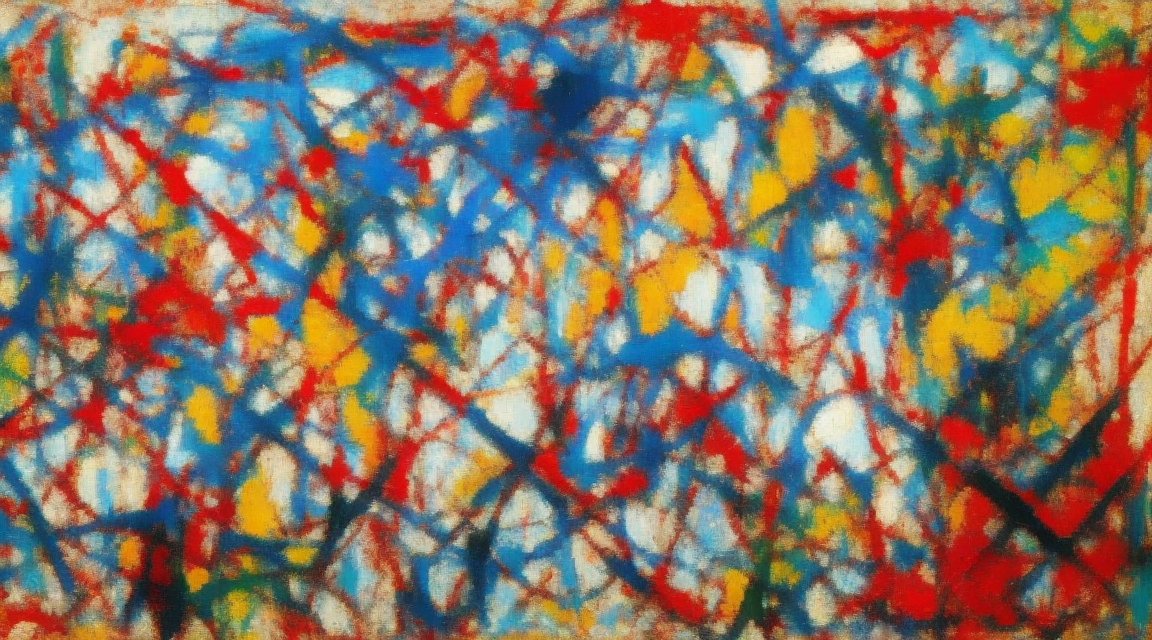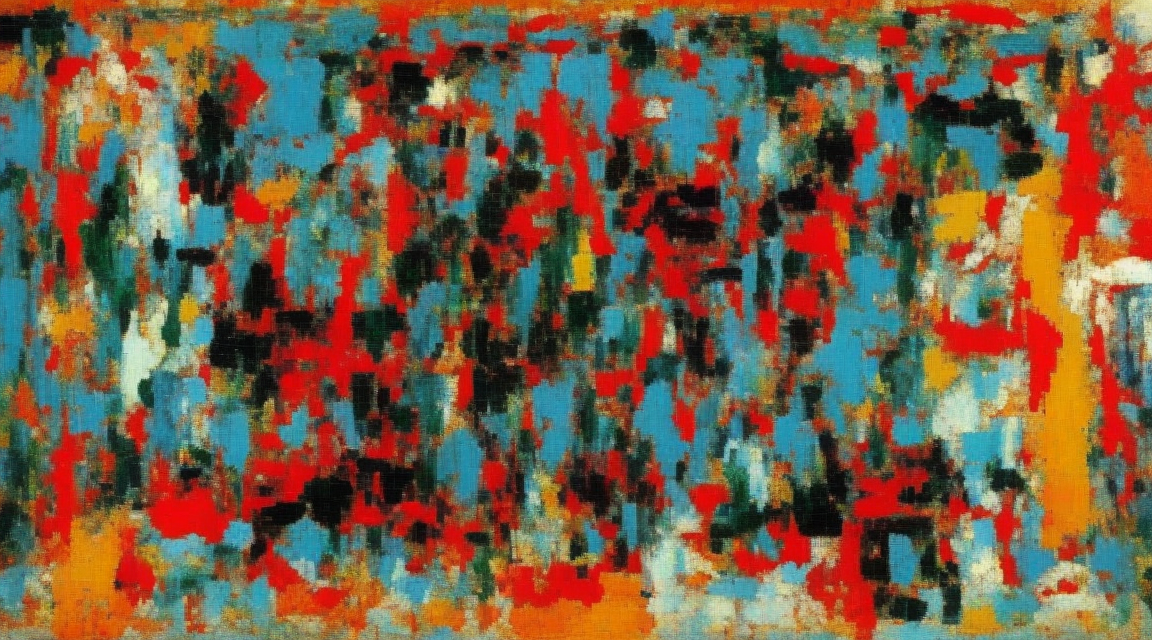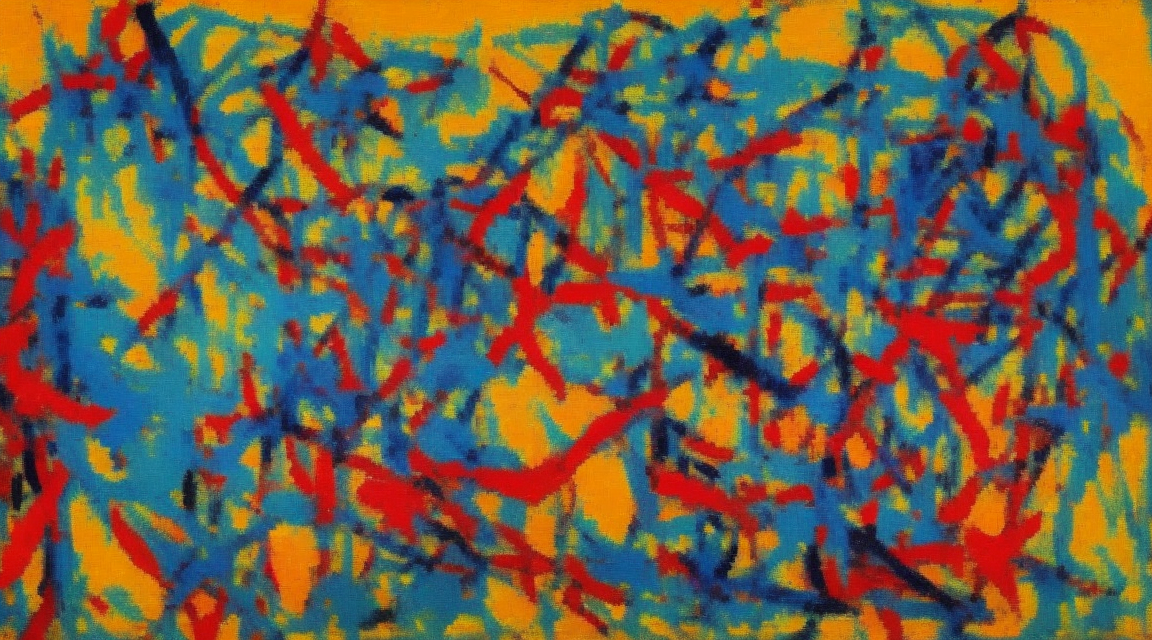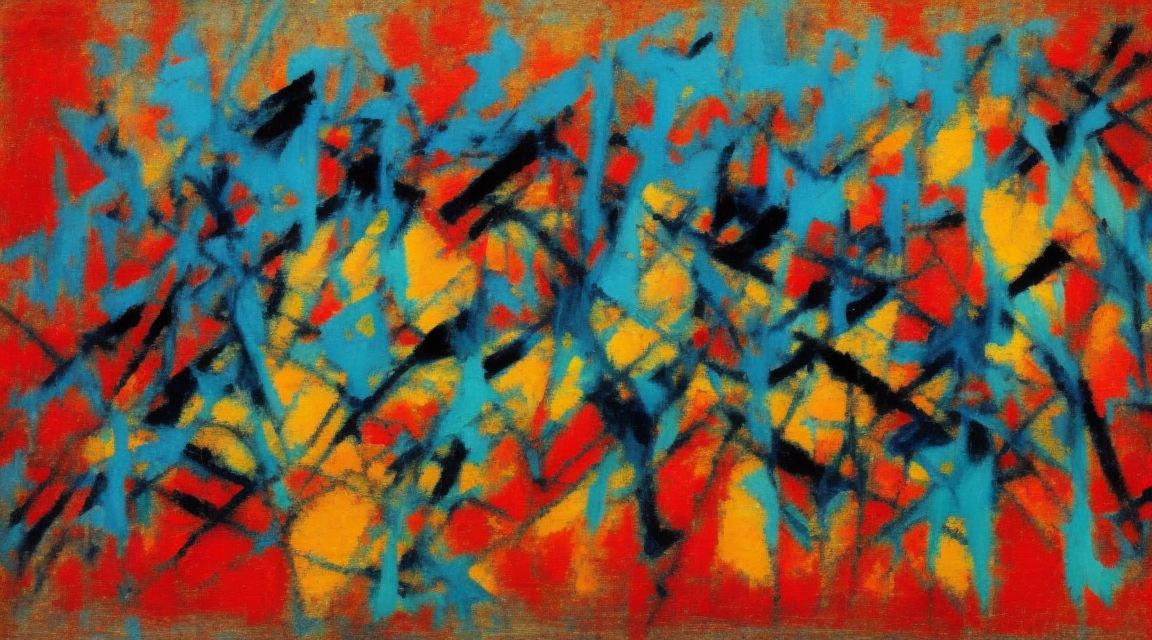Abstract Expressionism emerged as a revolutionary force in the art world during the mid-20th century, capturing the imagination of artists, critics, and art enthusiasts alike. This movement shattered traditional artistic conventions and pushed the boundaries of what art could be, paving the way for new forms of expression and paving the way for the future of abstract art.
The Roots of Abstract Expressionism

Before we delve into the impact and legacy of Abstract Expressionism, it is crucial to understand its roots and the context in which it emerged. The movement found its beginnings in the aftermath of World War II in the United States. The destruction caused by the war, both physical and emotional, led artists to reassess the purpose and meaning of art.
At its core, Abstract Expressionism can trace its origins to several artistic movements, including the German Expressionism of the early 20th century. The emotional intensity and focus on personal expression found in German Expressionism heavily influenced the ethos of Abstract Expressionist artists.
Key Characteristics of Abstract Expressionism

Abstract Expressionism is characterized by a rejection of representational art and a focus on depicting emotions and internal states. The movement prioritized the artist’s subjective experience and viewed art as a means of communicating inner truths rather than a simple representation of the external world. This led to the development of several key characteristics within Abstract Expressionism:
- Gestural brushwork: Abstract Expressionist artists abandoned the tight control and precision associated with earlier artistic styles. They embraced loose, gestural brushwork, letting their emotions guide their movements on the canvas. This emphasis on the physical act of painting became a defining feature of the movement.
- Emotional intensity: The artists of Abstract Expressionism sought to convey raw and powerful emotions through their art. The canvas became a space for the artist to express their inner turmoil, existential angst, or joyous exuberance. The use of color, form, and composition played a crucial role in capturing the emotional essence of the artwork.
- Large scale: Abstract Expressionist works often showcased immense scale. These oversized canvases invited viewers to immerse themselves in the emotional intensity of the artwork. The large scale also allowed the artists to explore the physicality of painting, creating a visceral experience for both the artist and the viewers.
- Lack of recognizable subject matter: Another defining characteristic of Abstract Expressionism was the absence of recognizable subject matter. Instead of depicting specific objects or people, the artists focused on capturing the essence of emotions and internal states. This pushed the boundaries of representation and invited viewers to interpret the artwork in their own personal way.
The Impact of Abstract Expressionism on the Art World

Abstract Expressionism had a profound impact on the art world, challenging established norms and influencing future generations of artists. The movement redefined the possibilities of abstract art and paved the way for artistic experimentation across various mediums. Here are some of the key impacts of Abstract Expressionism:
- International recognition: Abstract Expressionism elevated American art to the global stage. The movement’s focus on individuality and personal expression resonated with artists around the world, leading to its widespread influence and recognition.
- Shifting the art capital: Abstract Expressionism shifted the center of the art world from Paris to New York City. This marked a significant moment in art history, as New York became a hotbed for artistic innovation and experimentation.
- Expanding the definition of art: The movement pushed the boundaries of what art could be, challenging traditional notions of representation and increasing the acceptance of abstract and non-representational art forms.
- Inspiring future movements: Abstract Expressionism served as a catalyst for subsequent art movements such as Minimalism, Color Field painting, and Pop Art. These movements built upon the foundations laid by Abstract Expressionism, furthering the exploration of abstraction and personal expression in art.
The Notable Artists of Abstract Expressionism

Abstract Expressionism brought forth a multitude of talented artists who left an indelible mark on the art world. These artists pushed the boundaries of their medium, creating awe-inspiring works that continue to captivate audiences to this day. Here are some notable artists of Abstract Expressionism:
- Jackson Pollock: Pollock’s groundbreaking “drip paintings” revolutionized the approach to painting. His unique technique of pouring and splattering paint onto canvas created intricate and captivating compositions that captured the spontaneous energy and emotion of the artist.
- Mark Rothko: Rothko is celebrated for his large-scale color field paintings. His works consist of expansive, purely abstract canvases saturated with vibrant colors. Rothko’s paintings invite viewers to immerse themselves in the depths of color, evoking profound emotional responses.
- Willem de Kooning: Known for his dynamic and expressive brushwork, de Kooning’s paintings embodied a sense of controlled chaos. His figures and abstract compositions captured the essence of human emotion, blurring the lines between representation and abstraction.
- Lee Krasner: Krasner’s work showcased her mastery of abstract composition and bold use of color. She navigated the realms between chaos and structure in her paintings, reflecting her own internal struggles and experiences.
The Legacy of Abstract Expressionism

The legacy of Abstract Expressionism continues to inspire and influence artists today. It challenged the art world’s preconceived notions, opened up new possibilities for creative expression, and paved the way for future artistic movements. The movement’s emphasis on individuality, introspection, and experimentation left a lasting impact on the art world. The influence of Abstract Expressionism can be seen in contemporary art practices, as artists continue to explore the boundaries of abstraction, emotional expression, and personal narrative.
In conclusion, Abstract Expressionism was a revolutionary movement that transformed the art world. Its emphasis on personal expression, gestural brushwork, and emotional intensity shattered traditional artistic conventions and opened up new avenues for artistic exploration. The impact of Abstract Expressionism continues to resonate today, as it remains an essential chapter in the history of abstract art.
Keywords: abstractionism-in-modern-art-its-origins-and-significance, the-complete-guide-to-expressionism-art-what-it-is-and-how-it-evolved, the-arte-povera-movement-the-art-of-poverty-and-what-it-actually-means
